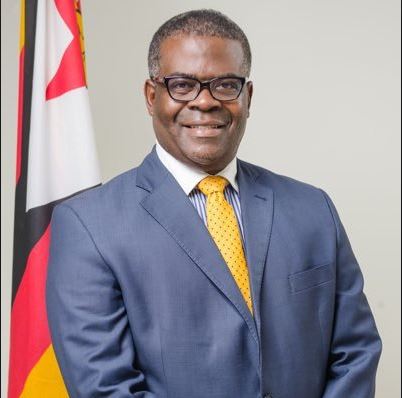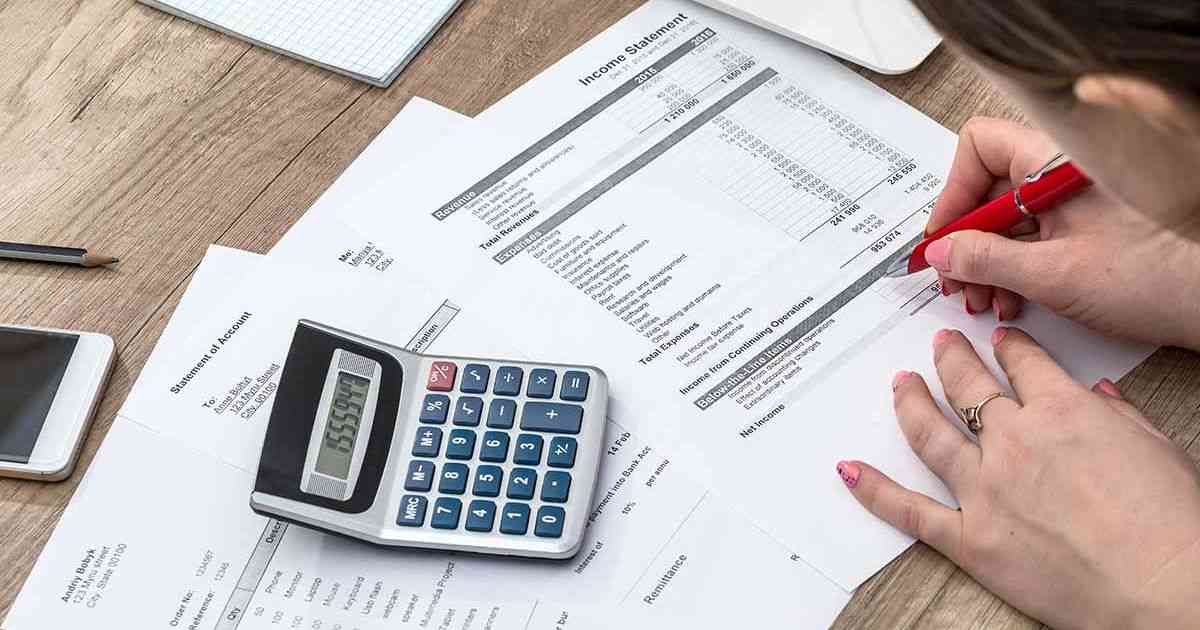
BY TATIRA ZWINOIRA
Over 20 local firms have signed up to Zesa’s facility to ring-fence electricity imports and are contributing up to US$15 million a month as they seek to avoid widening losses due to long hours of load-shedding.
Zimbabwe is experiencing its worst energy crisis in years after Zesa was forced to reduce electricity generation from the Kariba hydro power station due to low water levels.
In June Zesa started rolling out an 18-hour load-shedding schedule that saw some companies scaling down production.
Ralph Katsande, acting MD for Zesa subsidiary, Zimbabwe Electricity Transmission and Distribution Company (ZETDC), said most companies paying for electricity imports are in the mining sector.
“The monthly consumption of electricity, which is coming into Zimbabwe is between US$13 million and US$15 million,” Katsande told Standardbusiness.
“The large exporters, mining houses, in fact, gold, ferrochrome producers, and platinum miners, those are the bulk of the customers.
“I would say probably about 20 or 25 companies.”
- Chamisa under fire over US$120K donation
- Mavhunga puts DeMbare into Chibuku quarterfinals
- Pension funds bet on Cabora Bassa oilfields
- Councils defy govt fire tender directive
Keep Reading
At least US$890 000 is used weekly to import 400 megawatts (MW) of electricity from South Africa’s Eskom after the government paid US$10 million last month to reduce Zesa’s US$33 million debt.
Katsande said the money paid by exporters was helping the utility to keep electricity flowing from Eskom.
“We sign contracts with the large exporters and then those contracts are used to anchor our agreement with Eskom through a bank,” he said.
“They pay their bills in foreign currency and what they pay goes towards settling the Eskom current bill.
“So really, they are anchor customers as opposed to importing their own power and on our side we ensure guaranteed power supply.”
When electricity demand was at its peak during winter, Zimbabwe’s power deficit stood at 1 000MW.
“With the Eskom power, the deficit is now down to 600MW,” Katsande added.
Zimbabwe is also receiving electricity imports from the Southern African Power Pool (SAPP). The country gets an average of 200MW from the SAPP.
“From the pool market, we are getting up to 200MW. In fact, it depends on availability,” the ZETDC boss said.
“It is not there all the time, but at times we can get as much as 200MW, which can reduce our deficit to about 400MW.
“This is how we have been able to increase the hours of supply during the night.
“You can find that sometimes the power can be restored around 8pm up to about 6 or 7am.
He said the electricity deficit fluctuated between 400MW and 600MW.
“This is why you will realise that we have moved towards stage one of load-shedding,” Katsande added.
“But, the moment we have challenges from Hwange the pattern changes.”
Energy minister Fortune Chasi last week said the Hwange thermal power station’s unit 5 had broken down. He said the power deficit as a result stood at 650 MW.
Chasi said it was not yet known when the unit would be brought back into line.
Zimbabwe’s thermal power stations are producing below their capacity due to poor maintenance.
According to the Zimbabwe Power Company, the Bulawayo and Munyati thermal power stations were down on Friday.
The Harare power station was generating only 16MW and Hwange was contributing 254MW. Kariba was generating 250MW, which meant that Zimbabwe was only producing 520MW.
Zimbabwe’s five power stations have a combined generating capacity of 2 400MW.











